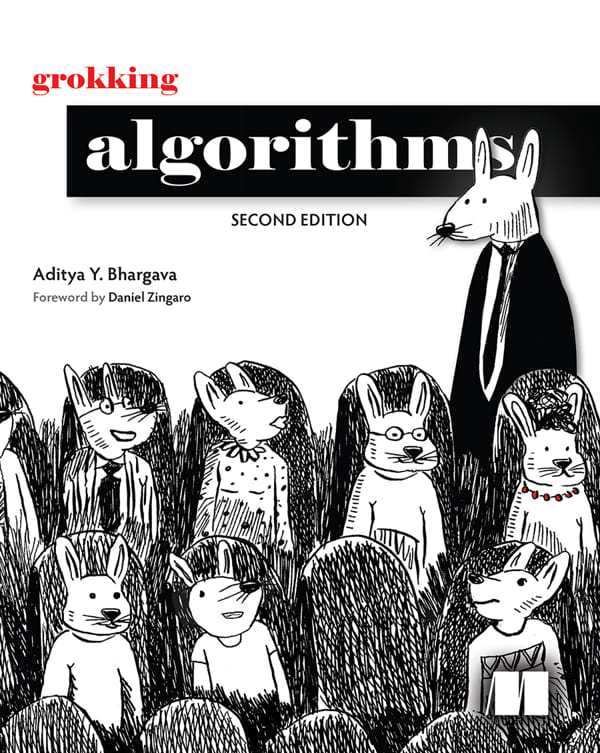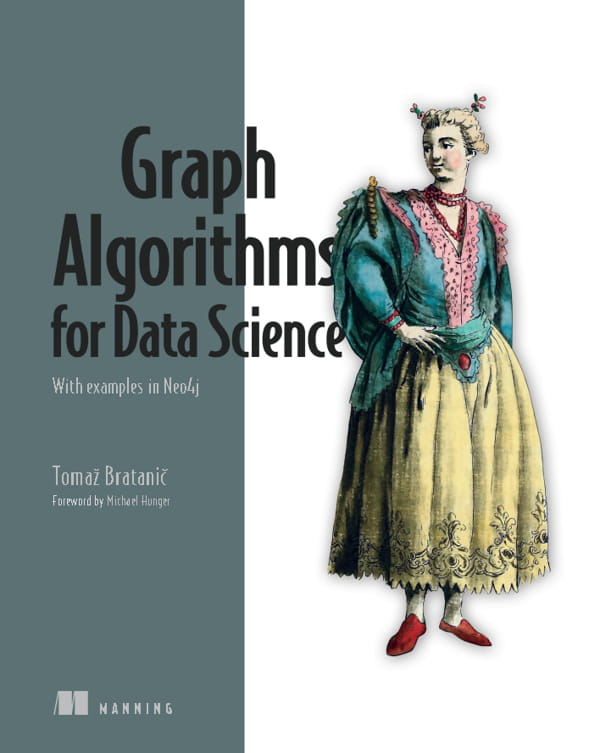Operating Systems: Internals and Design Principles, 8th Edition

ویرایش هشتم کتاب Operating Systems: Internals and Design Principles (سیستمهای عامل نوشته ویلیام استالینگز) دربارهی مفاهیم، ساختارها و مکانیزمهای سیستمهای عامل است. هدف کتاب این است که ماهیت و ویژگیهای سیستم عاملهای امروزی را به وضوح و تا حد امکان کامل ارائه کند.
این کار به چند دلیل چالش بر انگیز است. اول اینکه طیف عظیمی از انواع سیستمهای کامپیوتری وجود دارد که برای آنها سیستمهای عامل طراحی شده است. embedded systems، تلفنهای هوشمند، single-user work stations و کامپیوترهای شخصی، سیستمهای اشتراکی سایز متوسط، mainframeهای بزرگ و ابر کامپیوترها و ماشینهای تخصصی مثل سیستمهای بلادرنگ، نمونه هایی از سیستمهای کامپیوتری هستند. تنوع فقط در ظرفیت و سرعت ماشینها نیست بلکه در کاربردها و نیازمندیهای پشتیبانی سیستم هم هست. دومین مورد این است که سرعت سریع تغییرات که همیشه جزئی از ویژگیهای سیستمهای کامپیوتری است، بدون توقف ادامه دارد. تعدادی از حوزههای کلیدی در طراحی سیستمهای عامل، از تحقیقات اخیر در این حوزهها نشئت میگیرند و تحقیقات بر روی زمینههای جدید همچنان ادامه دارد.
با وجود این تنوع و سرعت تغییرات، برخی از مفاهیم اساسی همواره برایشان صدق میکند. برای اطمینان، استفاده از این مفاهیم بستگی به وضعیت تکنولوژی فعلی و نیازمندیهای استفادههای خاص دارد. نیت این کتاب فراهم کردن بررسی کامل اصول طراحی سیستم عامل و مرتبط کردن آنها با مسائل طراحی معاصر و مسیرهای فعلی در توسعهی سیستمهای عامل است.
Operating Systems: Internals and Design Principles is intended for use in a one- or two-semester undergraduate course in operating systems for computer science, computer engineering, and electrical engineering majors. It also serves as a useful reference for programmers, systems engineers, network designers and others involved in the design of computer products, information system and computer system personnel.
Operating Systems provides a comprehensive and unified introduction to operating systems topics. Stallings emphasizes both design issues and fundamental principles in contemporary systems and gives readers a solid understanding of the key structures and mechanisms of operating systems. He discusses design trade-offs and the practical decisions affecting design, performance and security. The book illustrates and reinforces design concepts and ties them to real-world design choices through the use of case studies in Linux, UNIX, Android, and Windows 8.
Teaching and Learning Experience
This program presents a better teaching and learning experience–for you and your students. It will help:
• Illustrate Concepts with Running Case Studies: To illustrate the concepts and to tie them to real-world design choices that must be made, four operating systems serve as running examples.
• Easily Integrate Projects in your Course: This book provides an unparalleled degree of support for including a projects component in the course.
• Keep Your Course Current with Updated Technical Content: This edition covers the latest trends and developments in operating systems.
• Provide Extensive Support Material to Instructors and Students: Student and instructor resources are available to expand on the topics presented in the text.
Table of Contents
Chapter 0 Guide for Readers and Instructors
PART 1 BACKGROUND
Chapter 1 Computer System Overview
Chapter 2 Operating System Overview
PART 2 PROCESSES
Chapter 3 Process Description and Control
Chapter 4 Threads
Chapter 5 Concurrency: Mutual Exclusion and Synchronization
Chapter 6 Concurrency: Deadlock and Starvation
PART 3 MEMORY
Chapter 7 Memory Management
Chapter 8 Virtual Memory
PART 4 SCHEDULING
Chapter 9 Uniprocessor Scheduling
Chapter 10 Multiprocessor, Multicore, and Real-Time Scheduling
PART 5 INPUT/OUTPUT AND FILES
Chapter 11 I/O Management and Disk Scheduling
Chapter 12 File Management
PART 6 EMBEDDED SYSTEMS
Chapter 13 Embedded Operating Systems
Chapter 14 Virtual Machines
Chapter 15 Operating System Security
Chapter 16 Distributed Processing, Client/Server, and Clusters
Appendix A: Topics in Concurrency
Appendix B: Programming and Operating System Projects
 می پسندم
می پسندم
 به درد نمی خوره
به درد نمی خوره
















